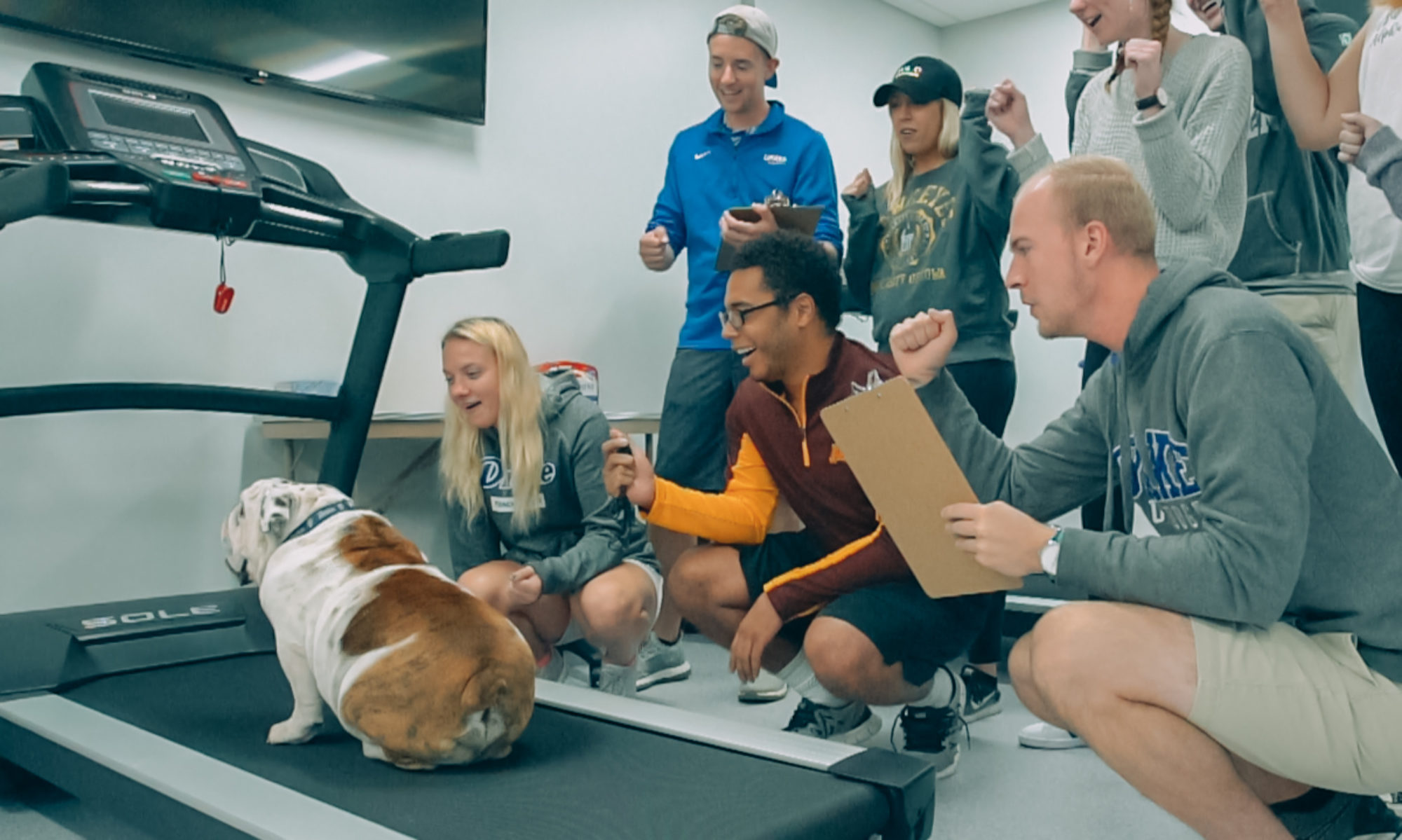Author: Erik Sigman
In the past two decades there has been an increased discussion on the benefits and drawbacks of resistance training in regards to athletic performance in soccer. When it comes to emphasis on athletic enhancement, soccer has just recently become a sport where collegiate and professional teams have made athletic development a larger priority for players. There seems to be two camps when it comes to the debate on whether soccer players should incorporate resistance training in their training routine. Those in the first camp tend to think in a sense that resistance training won’t help a soccer player become better at “soccer skills” like dribbling, passing, shooting etc. The second camp tend to have the view point that soccer is evolving to become much more reliant on a player’s physical capabilities and resistance training may help athletic development in areas like speed, agility, and explosive power (Silva et al. 2015). Regardless of what camp one may fall into, there are some common beliefs in regards to the benefits and drawbacks of resistance training that the soccer world has adopted. Benefits include increased athletic ability in soccer specific actions like sprinting, cutting, jumping, and explosiveness (Turner and Stewart 2014). Drawbacks include player’s putting on unnecessary muscle mass, becoming “blocky” or “bulky”, and the injury risk of doing resistance training. With all that being said, let’s look at what the research says regarding resistance training and athletic performance in soccer.
Continue reading “Effects of Different Forms of Resistance Training on Athletic Performance in Soccer”